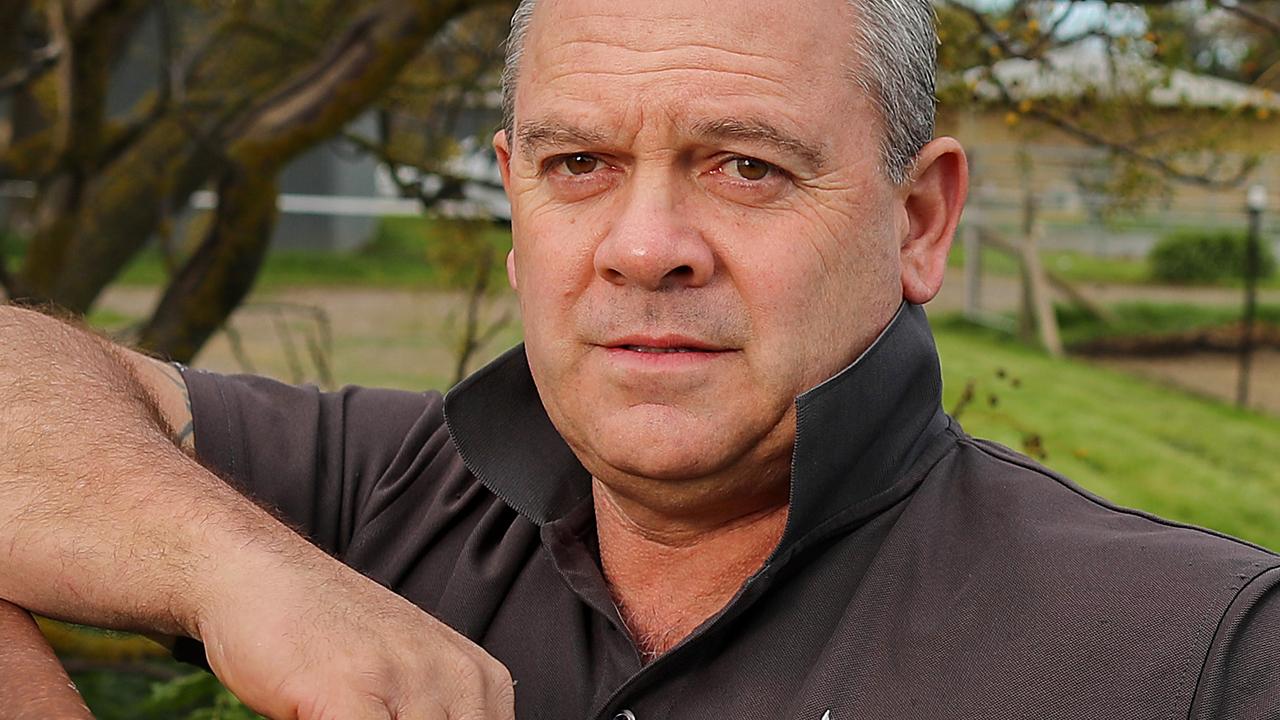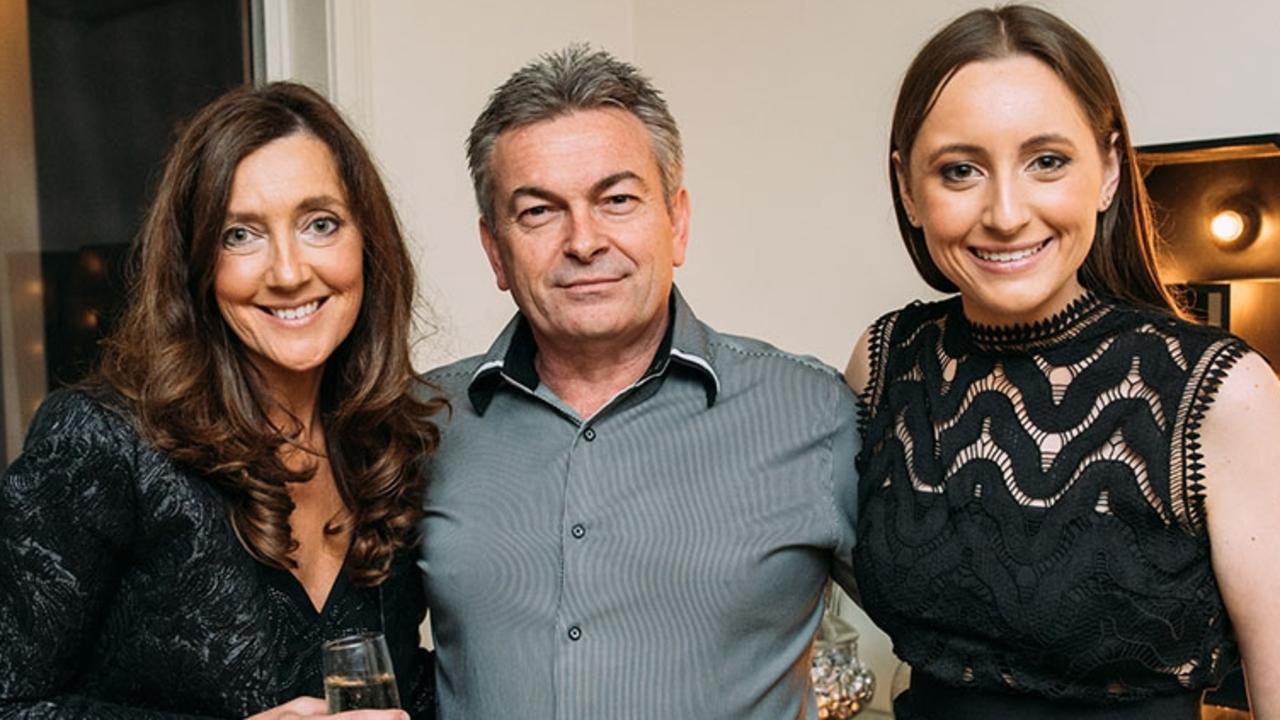Mr Stinky: The making of a secret monster
IT’S 50 years this week since the quiet man later dubbed “Mr Stinky” murdered two teenagers near Shepparton, premeditated sex killings for which he is still serving two life sentences, writes Andrew Rule.

IT’S 50 years this week since the quiet man later dubbed “Mr Stinky” murdered two teenagers near Shepparton, premeditated sex killings for which he is still serving two life sentences.
Raymond Edmunds was only 21 then but already the dark angels of his nature had motivated him to consider committing such a crime for months, if not longer.
How do we know? Because sometime the previous year, 1965, the then young father and husband had taken his imported Mossberg .22 rifle — a gift from his father — and sawn off the barrel. That is, he illegally “butchered” a tool essential for a farmer dealing with vermin and injured stock to make a crude handgun easily hidden to commit crimes.
How do we know Edmunds did this? The answer is in something that happened on the Ardmona farm where he worked from 1964 until early 1966.
He had often shot rats, rabbits and foxes with the farmer’s teenage son, Stewart Gawne. But one day in late 1965 Gawne asked Edmunds to shoot rats he’d found under a pig sty. Edmunds refused and shut the door on him.
Gawne didn’t realise the import of that strange rebuff until 20 years later, when he gave police a cut-off piece of the rifle stock and a telescopic sight that they immediately confirmed had come from Edmunds’ Mossberg.
Gawne had found both items in the shed Edmunds had used in his time on the farm, but he’d thought nothing of it until police arrested the former sharefarmer in 1985.
Then he realised: Edmunds had cut down the rifle well before he abducted and killed Abina Madill and Garry Heywood on February 10, 1966. The day Gawne came to his door, Edmunds could not produce the sawn-off without raising alarm.
No one knew it then, but Edmunds had form for sexual deviance and for sawing off firearms as a teenager. That was one of the things this reporter uncovered after Edmunds was arrested in Highett just after his 41st birthday.
It was the first of many books I would work on in the next 30 years but is still the most haunting. It took a year’s worth of weekends criss-crossing northern Victoria to unravel the dark tale of the adopted farm boy who grew into a secret monster.
The story is not about Edmunds — he’s just a pervert, less interesting than many men in jail — but about what one critic called “the seismic effects of one man’s violence”.
It’s about the shockwaves made by a young man who was ordinary but never normal. About the trauma suffered by his victims. And the story of how he was finally caught.

At the start, naively, I’d assumed it was mostly a story of detection: of how police tracked a killer. But that vaguely heroic element was true only of a dedicated handful of detectives who started the hunt after a fingerprint breakthrough in 1982 revealed that the Shepparton double murderer of 1966 was in fact Melbourne’s eastern suburbs rapist of the 1970s. The real hero was the fingerprint expert.
That group of police would have identified Edmunds eventually through a long elimination process.
It is no reflection on their work that the arrest actually came when the usually cautious Edmunds’ perverted urges caused him to blunder into police custody, like a shark jumping into a boat.
That final episode is probably the best-known bit of a 20-year saga spread over three decades. Edmunds was compulsorily fingerprinted because he happened to be nabbed exposing himself in Albury, just over the NSW border.
He lived and worked in Victoria, where street offenders in 1985 were not routinely fingerprinted as they were in NSW. Had he driven off a minute earlier back over the Murray, or if Albury police had been busy, who knows how long it might have been before Australia’s most wanted sex killer was caught?
He had, after all, managed to remain invisible for 19 years: in a pre-computerised age he had avoided almost every database. In fact, he drove for most of that time without a licence — and yet had once held a security guard’s permit to own a gun.
But sex killer as armed security guard is not the worst blunder in a cautionary tale that could be used in police training everywhere.
From the first night in Shepparton when two teenagers didn’t return from a concert, the investigation was plagued by the stupidity, laziness and corruption of some of those handling it. (These allegations obviously refer only to those now dead.)

The first investigation, from 1966 until the Madill-Heywood inquest in 1970, underlines the divide between modern law enforcement and “old-style” policing. With honourable exceptions the 1960s police on the case were dogmatic, arrogant and casually brutal. Faced with anything more complicated than a “domestic” murder they tried to beat admissions out of anyone they yanked off the street. Especially, in this case, those unhappy people close to the victims.
Ian Urquhart’s life was shattered: he was defamed by influential police who whispered he was the killer because, as Abina’s “boyfriend”, he was the only one with a motive.
Faced with the inconvenience that there was no evidence, they attempted to fabricate it by coercing other witnesses and by slanting statements. Again, the worst offenders are now dead.
It was the year that Premier Sir Henry Bolte was pushing for a hanging because he knew — as he later boasted — backing “the noose” would win him the 1967 election.
If the gutsy Urquhart had caved in after months of brutal interrogations and signed a false confession, he might have been Bolte’s sacrificial offering. But he didn’t. Bolte sent prison escapee and seasoned criminal Ronald Ryan to the gallows. And, as he’d predicted, won extra seats.
Urquhart is a tragic figure. After leaving Australia to get away from the gossip, he died on the sixth anniversary of the murders when he crashed a sports car in Singapore. Even at his funeral, one police “hard man” told a disgusted fellow officer Urquhart “did it”.
As for Edmunds, he got his just deserts. He is uninteresting apart from one thing. In 1986 I wanted to ask him about it, and still do.
One of his relatives told me he was a constant bed-wetter into his early teens, and that a Wangaratta doctor had given him a drug for it — only to apologise later because it was the wrong drug, one “to accelerate puberty”. It had to be a forerunner of the now-banned steroids that can turn men into sex monsters. It’s one question the flabby old man locked up with other “protection” prisoners might like answered before he dies. It could explain a lot.



